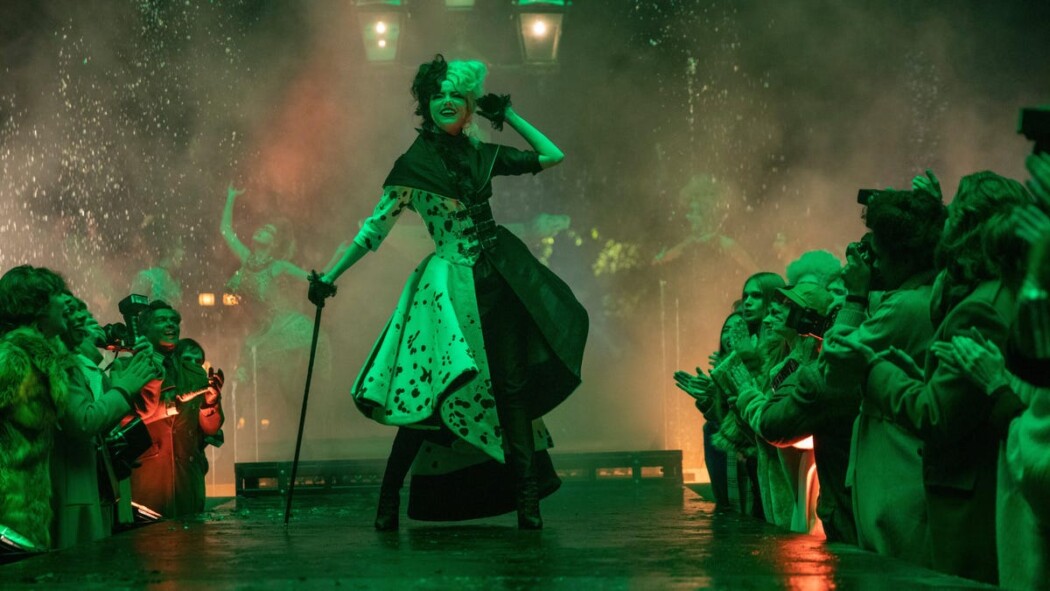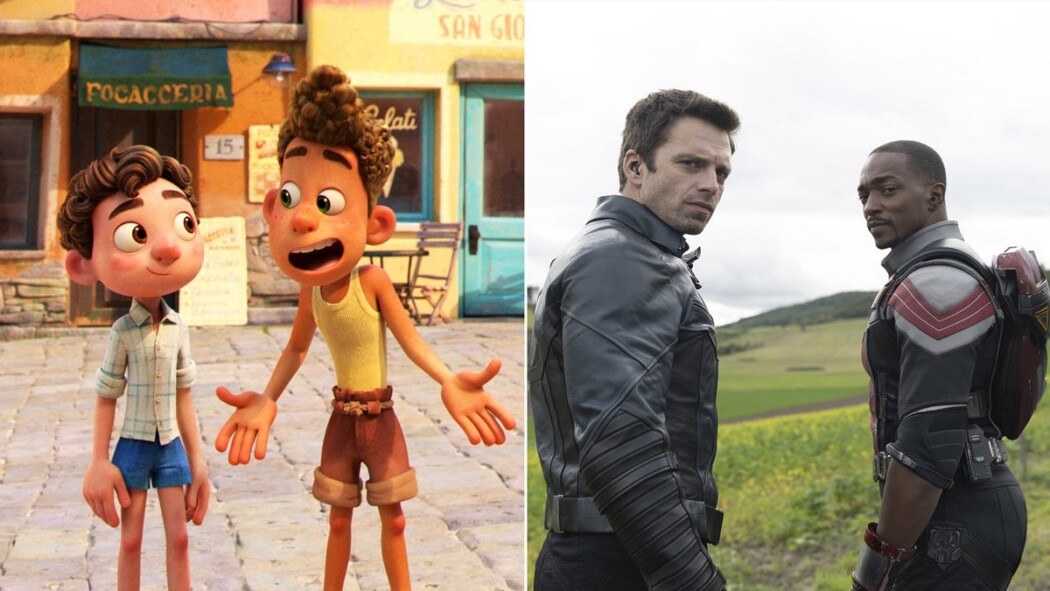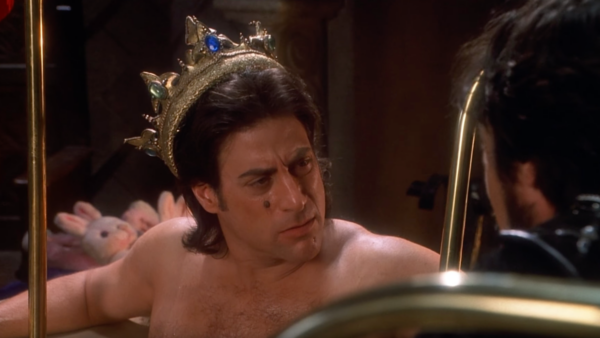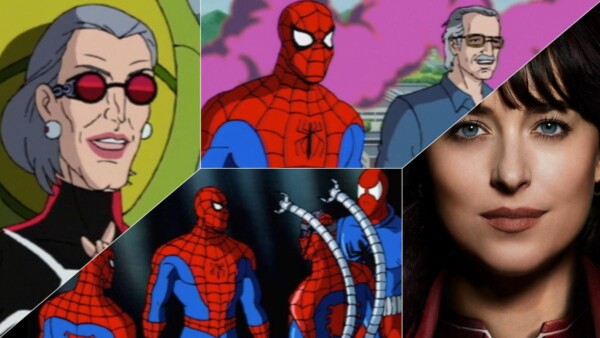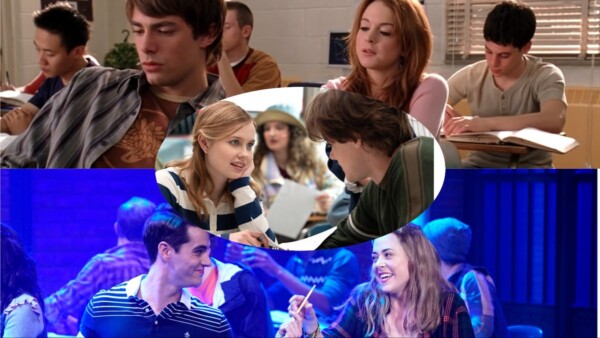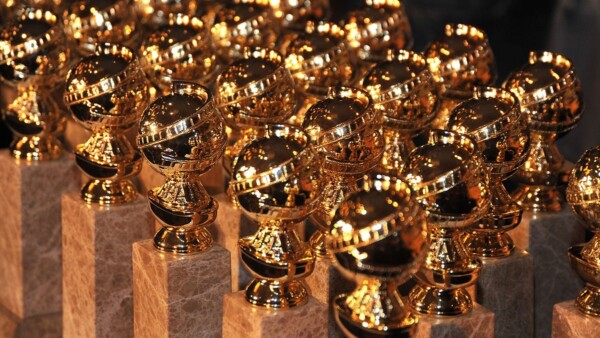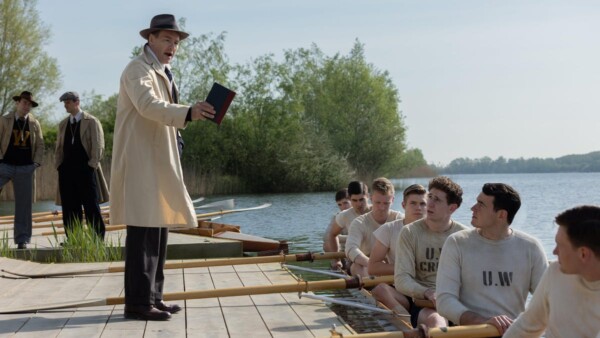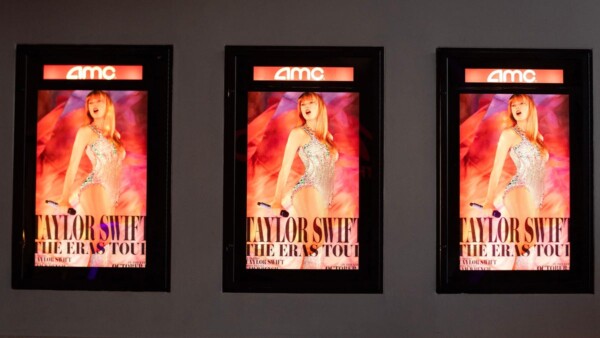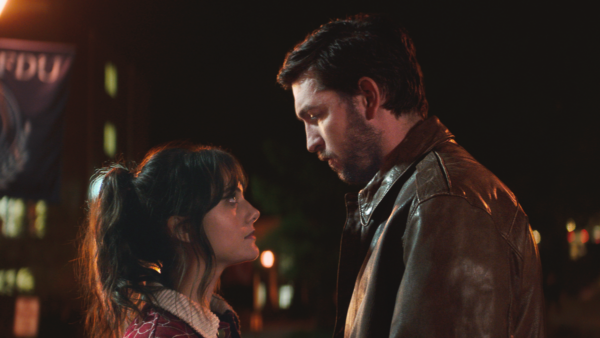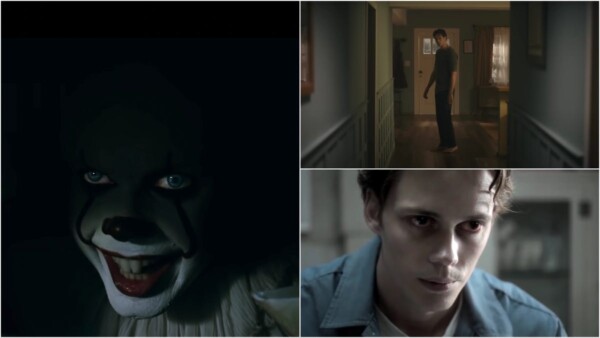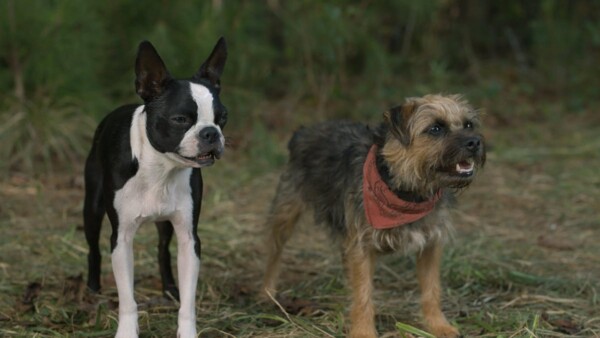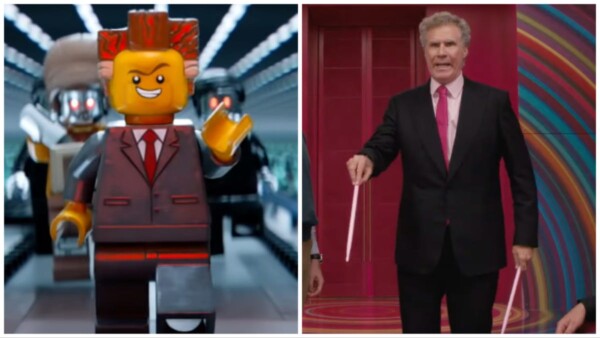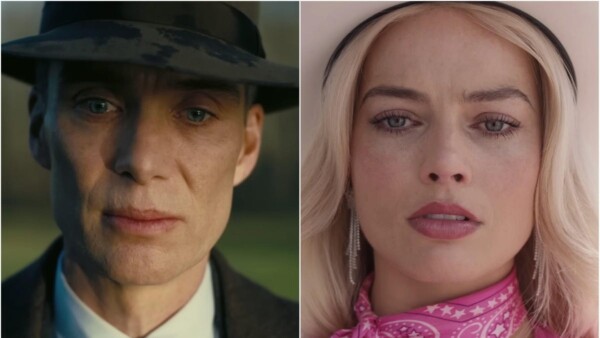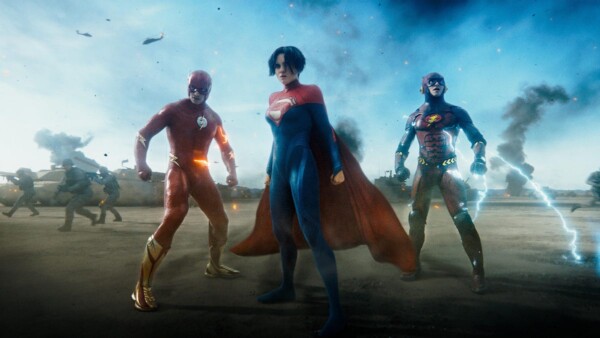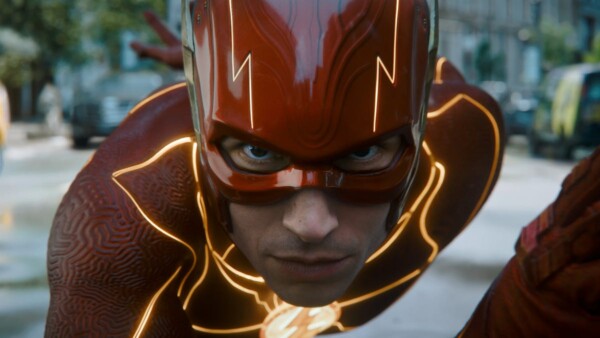Note: This article discusses plot points from the film The Conjuring: The Devil Made Me Do It.
Satan has made quite the comeback. The past five years have seen a wave of satanic themes in popular culture—mostly in horror movies, but also lighter fare like Netflix’s Chilling Adventures Of Sabrina and Lil Nas X sliding down the stripper pole and onto the dark lord’s lap. The majority of these stories treat the devil as a symbol: A kitschy reference (Satanic Panic), a hellacious rebel (The Devil’s Candy, We Summon The Darkness), a sympathetic liberator of the oppressed (The Witch), or some combination of the three. In this way, pop culture is catching up with the beliefs of actual satanists, the majority of whom don’t believe in Satan as a literal entity to be feared or worshipped. Not so The Conjuring: The Devil Made Me Do It, a movie that’s as deathly serious as The Louvin Brothers when they sang “Satan Is Real” in 1960.
Although the possession subgenre is inherently Christian—if demons are real, then therefore so is God—The Conjuring’s literal-minded approach has always made it especially so. As A.A. Dowd wrote in his review of the latest entry, in these films “good is good, evil is evil, and the difference can’t be missed,” and it can’t be denied, either. There’s a holy war going on, and Bible-thumpers Ed and Lorraine Warren (Patrick Wilson and Vera Farmiga) are on the front lines. Join, or burn. This fire-and-brimstone subtext remained just that when the fictionalized Warrens were battling ghosts; you don’t have to believe in the holy trinity to feel the hairs standing up on the back of your neck in a creepy basement. Even the witch’s curse in the series’ first film went down several centuries prior, giving some much-needed distance between spell and scare.
But while restless spirits are a relatively agnostic phenomenon, The Devil Made Me Do It changes up the formula to make the villains a former priest disillusioned with the Catholic Church and his daughter, a malevolent witch known only as “The Occultist.” In the film, the duo are members of the Disciples of the Ram, an in-universe reference carried over from the Annabelle movies. But Baphomet statues and satanic imagery run through the movie, and it isn’t a far leap from a ram to Satan himself. And while ghosts don’t come up often in the culture wars, Satan does. By making the antagonists of the film human, The Devil Made Me Do It places blame for the evils of this world squarely on this side of the veil. That type of thinking leads to scapegoating and persecution—and the decade in which the film is set provides us with a sobering real-life example.
In 1980, a bestselling book called Michelle Remembers alleged the widespread existence of satanic cabals dedicated to traumatizing children. Its author, Michelle Smith, claimed to have recalled suppressed memories of being forced into a satanic cult by her mother with the help of psychiatrist Lawrence Pazder; setting the tone for what soon became known as the “satanic panic,” Smith’s tales were lurid almost beyond belief, describing graphic acts of murder, cannibalism, and child abuse. No evidence was ever produced to support any of Smith’s claims, and the method Pazder used to produce them—putting Smith under hypnosis and asking leading questions that prompted her to “remember” events later found to be influenced by pop culture and Pazder’s religious beliefs—is controversial. As late as 2013, an article by Dr. Richard Noll dismissing the concept of “satanic ritual abuse (SRA)” was subject to no less than three rebuttals from mental health professionals who refused to deny SRA in print.
Take away the supernatural element, and what you have here is a sad story of undiagnosed mental illness and family dysfunction that ends in a senseless murder. That’s the version of the story being put forward by Carl Glatzel, David’s older brother, who sued the Warrens in 2007. According to Glatzel, his younger brother David was suffering from undiagnosed schizophrenia, which was exacerbated by the Warrens’ meddling; he makes no mention of Arne Johnson’s mental state, but Johnson was 19 at the time of the murder—an age when schizophrenic illness often manifests in young men. Johnson and his wife Debbie (née Glatzel), for their part, stand by the Warrens and remain convinced that Arne was possessed when he stabbed his landlord Alan Bono and wandered off into the Connecticut woods on February 16, 1981. Debbie even appeared in a promotional featurette for the movie, saying, “I want the truth to be told. These things are real. You cannot take this lightly.”
What’s the harm, one might ask, in indulging belief in the supernatural to spice up a horror story? Nothing, really—the religious horror wave prompted by The Exorcist was a boon to Catholics and goths alike, both of whom seem to find the unholy imagery titillating. But the innocence is lost when you start pointing fingers at real, living people. The satanic panic’s rallying cry of “protecting children” from powerful, shadowy forces is alive today in the right-wing obsession with human trafficking. And its explicit accounts of cannibalism, child abuse, mutilation, and murder are the direct ancestors of QAnon campfire tales about Democrats splitting open the skulls of infants and drinking the adrenochrome.
The long-term consequences of such conspiracy theories are still unfolding, but—to put it mildly—what we’ve seen so far? It isn’t good. From the Pizzagate-fueled shooting at Washington, DC-era pizza restaurant Comet Ping Pong in 2016 to the Capitol riot of January 2021, online conspiracies have led to real-life violence, as the paranoid imaginations of otherwise well-meaning people did 40 years ago. America has never really reckoned with the satanic panic as a culture, and neither has the psychiatric community. (The only ones really pressing this point are The Satanic Temple, whose interest in dispelling popular myths about satanists is obvious.) As Noll wrote in his article, “Some mass cultural phenomena are so emotionally charged, so febrile, and in retrospect so causally incomprehensible, that we feel compelled to move on silently and feign forgetfulness.” But if we keep doing so, history will continue to repeat itself. That’s much worse than an un-scary horror movie.
Le texte ci-dessus est une traduction automatique. Source: https://www.avclub.com/the-devil-is-in-the-implications-for-the-conjuring-the-1847047204?rand=21409



